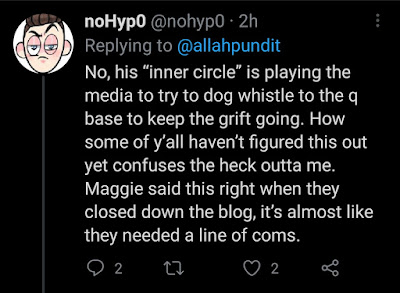In a journal article about transgenderism* which I don't particularly recommend, I was nonetheless surprised to find this account of how the psychiatric establishment, over the course of a mere 30 years, swung from one extreme to another in its classifications regarding homosexuality:
The story of how disorders are first classified and reclassified within, and then eventually expunged from, the Diagnostic and Statistical Manual of Mental Disorders (DSM) is telling. Homosexuality, for example, was included in the first edition of the DSM, published in 1952, as a sexual deviation classified under the rubric “Sociopathic Personality Disturbance.”2 In the second edition (DSM-II) published in 1968 it became a sexual deviation classified as a nonpsychotic mental disorder along with pedophilia and exhibitionism.3 It was then declassified as a disorder altogether when DSM-II was revised in 1973. The DSM-III, published in 1980, was such a strong reversal of position from its predecessor that it actually classified any homosexual who wanted to be heterosexual as having a psychosexual disorder called “ego-dystonic homosexuality.”4 This was then dropped when the DSM-III was revised in 1987 (DSM-III-R).5
Why was I reading about transgenderism? Because of this tweet yesterday, which told (to my mind) an improbable story:
Jessica's twitter feed is full of photos of herself, many with the needy "don't you agree I'm looking hot" kind of vibe that young transgender male to female folk seem to often yearn for. It's not enough that they change their bodies to suit their own mental state - they insist that others join in giving positive comments on their new looks. Which can be a rather, um, reality challenging call and a significant part of why transgenderism can be such a socially awkward thing for the rest of us.As one person on Twitter said:














